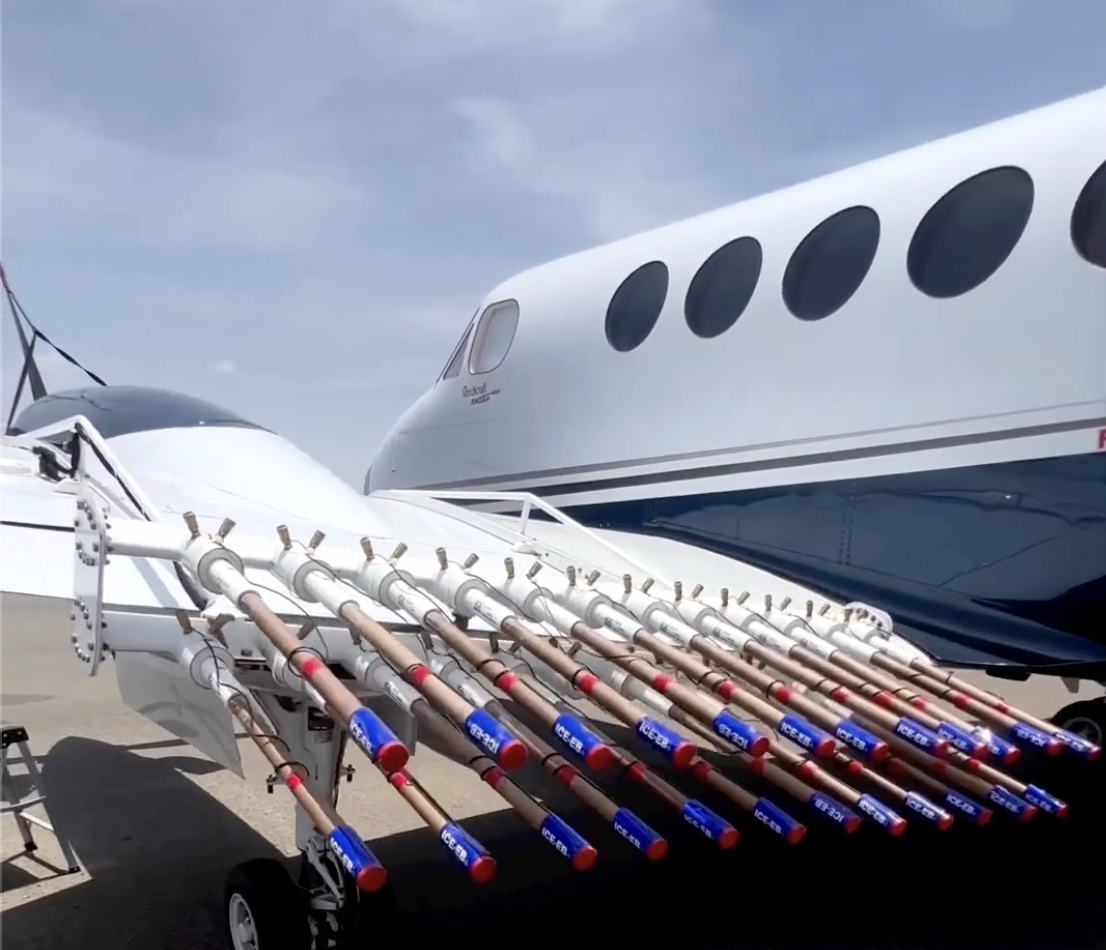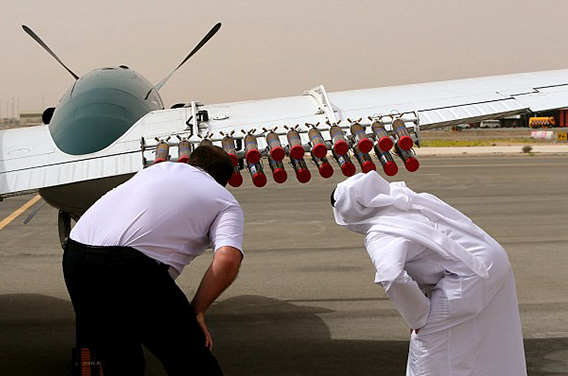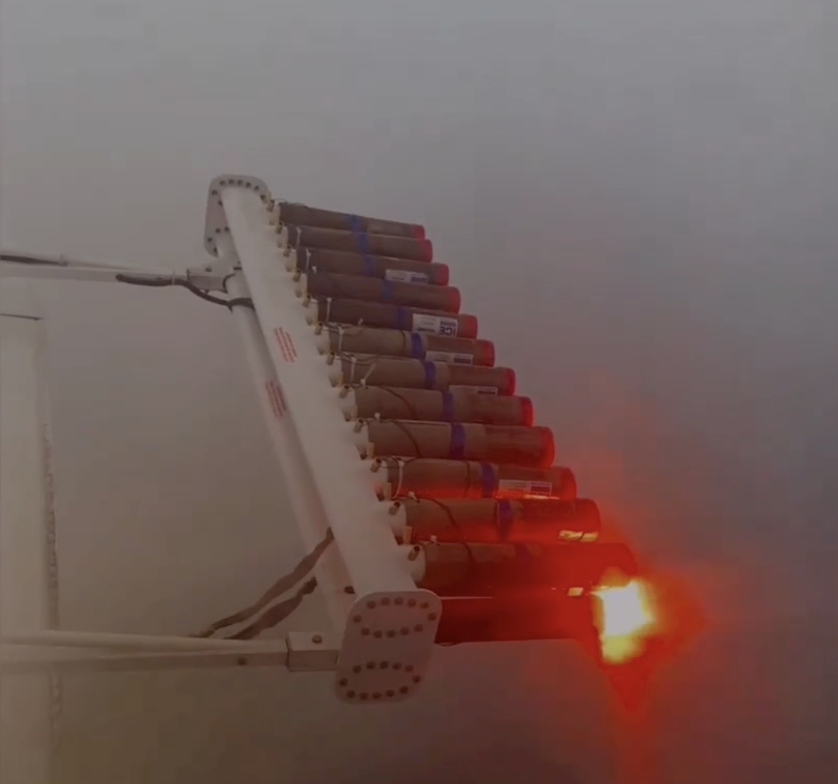Textron Aviation has announced it has been awarded a contract by AvMet International LLC (AvMet) based in Fargo, North Dakota, for one Beechcraft King Air 360CHW (cargo door, heavy weight) and four Beechcraft King Air 260 aircraft. The aircraft will be used to support the Kingdom of Saudi Arabia's National Center for Meteorology program for cloud seeding.
“We’re honored AvMet has chosen a fleet of Beechcraft King Air aircraft to support the Kingdom of Saudi Arabia’s National Center for Meteorology cloud seeding program,” said Bob Gibbs, vice president, Special Mission Sales for Textron Aviation. “The King Air continues to be selected for a wide range of special mission roles around the world due to the aircraft’s capabilities and reliability.”
AvMet and its partners Weather Modification International (WMI) and Fargo Jet Center (FJC) will work collaboratively to equip the four King Air 260 aircraft with a Cloud Water Inertial Probe (CWIP), Data Logger with aircraft tracking, and cloud seeding equipment. The King Air 360CHW will be rigged with Cloud Seeding equipment, a research laboratory and an instrument package for studying cloud physics and aerosols.

A King Air equipped with salt flares ((Instagram video screenshot - King Air community member gagepayne1)
The aircraft will be modified at WMI’s headquarters in Fargo with sister company Fargo Jet Center LLC (FJC). FJC’s Part 145 Repair Station, which is an authorized service facility for the family of Beechcraft King Air aircraft, teamed with WMI to certify the Federal Aviation Administration approved Supplemental Type Certificate modifications for cloud seeding and atmospheric research equipment. Together, Textron Aviation, WMI and FJC will provide the Kingdom of Saudi Arabia’s National Center for Meteorology with the newest technologies in cloud seeding and atmospheric sciences instrumentation.
In the world’s drying countries, unique solutions are often required to subsidize for the lack of rainfall that occurs. Countries such as Saudi Arabia have turned to the unique solution of “cloud-seeding” to help capture every drop of rain possible from the clouds that pass over. King Air aircraft play a vital role in jump starting the process.

Salt flares attached to the wing of a King Air (Image: News Agency AFP)
A typical cloud-seeding operation consists of injecting a microscopic material such as salt into clouds either from aircraft or land-based stations on mountaintops where updrafts carry the material into passing clouds. Water vapor immediately condenses on these microscopic seeds as ice crystals. The crystals increase in size until they become large enough to overcome the forces of “uplift” in the cloud and fall as rain, snow or hail.

A salt flare ignites into a cloud (Instagram video screenshot - King Air community member gagepayne1)
A myriad of arguments exist for the viability of cloud seeding. In 2004 the United States National Research Council released a report stating that to date, there is still no convincing scientific proof of the efficacy of intentional weather modification as it only has 30% or less chance of success. However, studies have also found statistical evidence for seasonal precipitation increases of about 10% with winter seeding. In 2010, The American Meteorological Society said despite some uncertainty over its effectiveness, “large potential benefits can warrant relatively small investments to conduct operational cloud seeding”.
Thanks to Instagram user gagepayne1 for tagging us this video of a King Air equipped with the flares and deploying them in a cloud:
Author: Scott Cooper
Info/Banner Image: Textron Aviation

